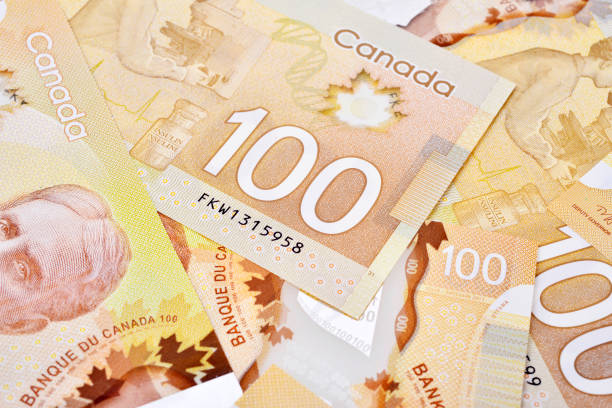USD/CAD flat lines around mid-1.3900s; looks to Canadian inflation data for fresh impetus

USD/CAD continues with its struggle to gain any meaningful traction amid mixed cues.
Softer Crude Oil prices undermine the Loonie and act as a tailwind for the currency pair.
A subdued USD price action caps the pair ahead of Canadian consumer inflation figures.
The USD/CAD pair extends its sideways consolidative price move heading into the European session on Tuesday and currently trades around mid-1.3900s, nearly unchanged for the day. Moreover, the mixed fundamental backdrop warrants some caution before placing aggressive directional bets.
Crude Oil prices struggle to attract any meaningful buyers as a US sovereign downgrade by Moody’s seems to have dampened the economic outlook for the world’s biggest energy consumer. Adding to this, mixed Chinese macro data released on Monday weighs on the black liquid, which is seen undermining the commodity-linked Loonie and acting as a tailwind for the USD/CAD pair.
Meanwhile, a potential breakdown in the US-Iran nuclear talks has weakened prospects of more Iranian oil supplies and acts as a tailwind for Crude Oil prices. This, along with subdued US Dollar (USD) demand amid bets that the Federal Reserve (Fed) will cut interest rates further in 2025, contributes to capping the USD/CAD pair as traders keenly await Canadian consumer inflation figures.
Last week's softer-than-expected release of the US Consumer Price Index (CPI) and the Producer Price Index (PPI) pointed to signs of easing inflation in the US. Adding to this, the disappointing US monthly Retail Sales data increased the likelihood of several quarters of sluggish growth. This might force the Fed to stick to its policy easing bias and fail to assist the USD to gain any positive traction.
Meanwhile, Canada's headline Consumer Price Index (CPI) is seen decelerating sharply to the 1.6% YoY rate from 2.3% in the previous month, which, in turn, will back the case for further rate cuts by the Bank of Canada (BoC). The market reaction to a stronger print, however, is likely to be limited amid persistent uncertainty around US President Donald Trump's reciprocal tariffs.
* The content presented above, whether from a third party or not, is considered as general advice only. This article should not be construed as containing investment advice, investment recommendations, an offer of or solicitation for any transactions in financial instruments.


